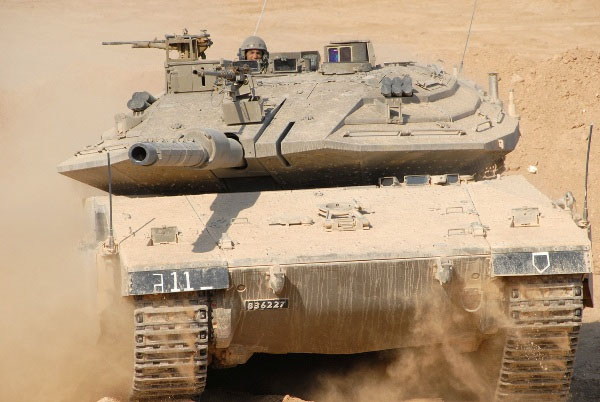India successfully flight-tested its nuclear capable surface-to-surface 'Shourya' missile from Integrated Test Range (ITR) at Chandipur, about 15 km from here, Saturday.
'Shourya' can carry a one tonne nuclear and conventional warhead over 700 kms and is powered by two-stage solid fuel.
The state-of-the-art missile is equipped with multiple advanced computing systems, very high accuracy navigation and guidance systems, defence sources here said.
"The trial of the missile, which took off from Launch Complex-III of ITR at 1430 hrs, was fully successful," ITR Director S P Dash said.
The missile was flight tested from a canister in a ground launch mode. "The launch was perfect like in text book and followed the path exactly to the predefined target," he said.
All radar, telemetry and electro optical stations along the east coast have tracked and monitored all the mission parameters, Dash said.
Ships located near the target have also tracked and witnessed the flight test and the missile reached the target within few meters accuracy, a defence official said.
The defence official said the sophisticated missile combines simplicity of operation with low maintenance. It can be easily handled, transported and stored in the canister for longer shelf life.
The high manoeuvrability of the missile makes it less vulnerable to available anti-missile defence systems.
"We have designed 'Shourya' missile in such a way that it can be launched from under water as easily as from land.
The gas-filled canister that houses the missile fits easily into a submarine. The underwater leg of the nuclear trial needs to be totally reliable and needs a state-of-the-art missile," said a scientist associated with the project.
DRDO chief controller Avinash Chander congratulated the scientists and employees of the organisation and other establishments for the successful test flight.
As a safety measure, prior to the test, Balasore district administration had temporarily evacuated 400 families residing within 2 km radius of the launch pad to nearby shelter camps early this morning, official sources said.
'Shourya' can carry a one tonne nuclear and conventional warhead over 700 kms and is powered by two-stage solid fuel.
The state-of-the-art missile is equipped with multiple advanced computing systems, very high accuracy navigation and guidance systems, defence sources here said.
"The trial of the missile, which took off from Launch Complex-III of ITR at 1430 hrs, was fully successful," ITR Director S P Dash said.
The missile was flight tested from a canister in a ground launch mode. "The launch was perfect like in text book and followed the path exactly to the predefined target," he said.
All radar, telemetry and electro optical stations along the east coast have tracked and monitored all the mission parameters, Dash said.
Ships located near the target have also tracked and witnessed the flight test and the missile reached the target within few meters accuracy, a defence official said.
The defence official said the sophisticated missile combines simplicity of operation with low maintenance. It can be easily handled, transported and stored in the canister for longer shelf life.
The high manoeuvrability of the missile makes it less vulnerable to available anti-missile defence systems.
"We have designed 'Shourya' missile in such a way that it can be launched from under water as easily as from land.
The gas-filled canister that houses the missile fits easily into a submarine. The underwater leg of the nuclear trial needs to be totally reliable and needs a state-of-the-art missile," said a scientist associated with the project.
DRDO chief controller Avinash Chander congratulated the scientists and employees of the organisation and other establishments for the successful test flight.
As a safety measure, prior to the test, Balasore district administration had temporarily evacuated 400 families residing within 2 km radius of the launch pad to nearby shelter camps early this morning, official sources said.
























































